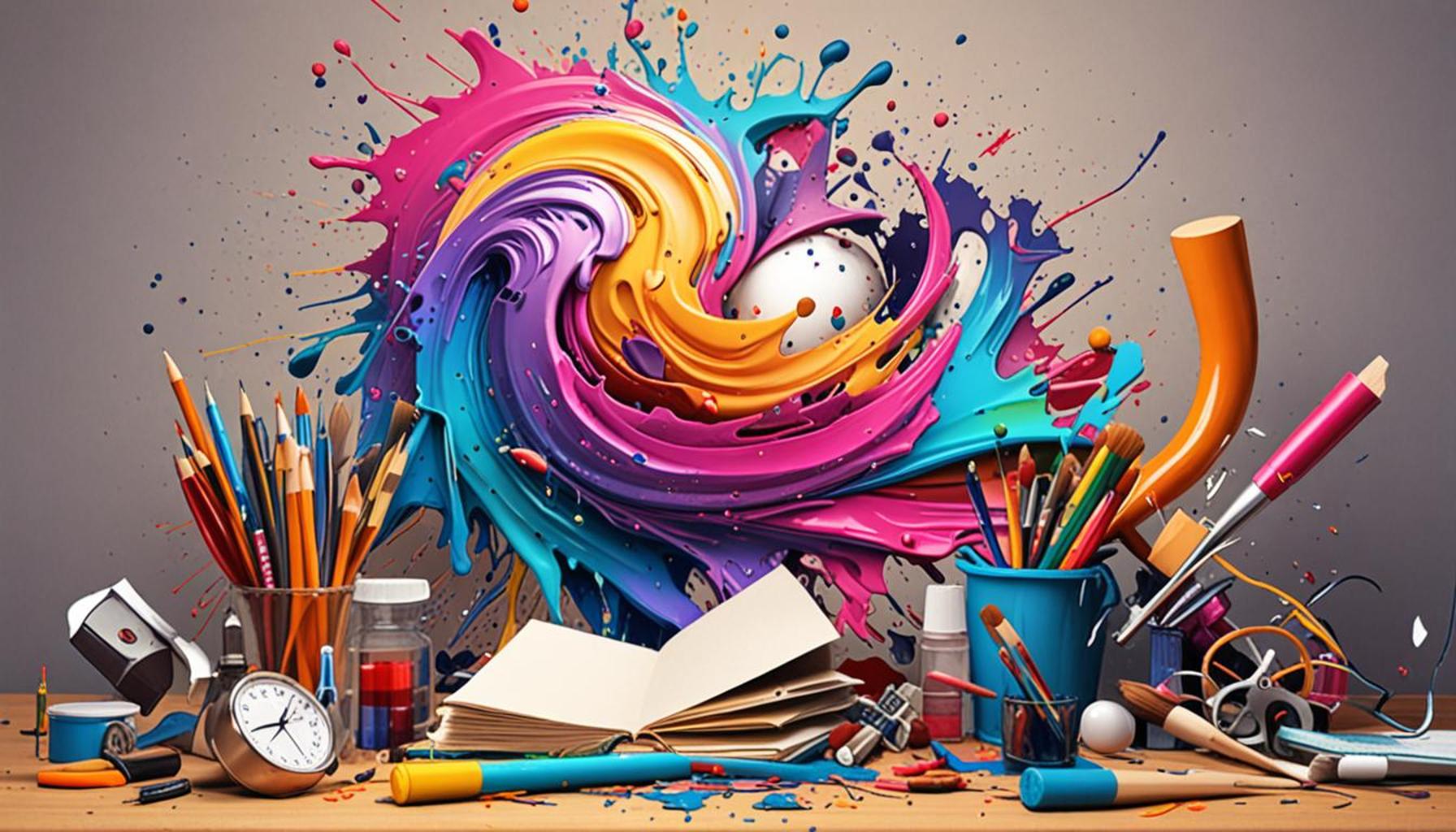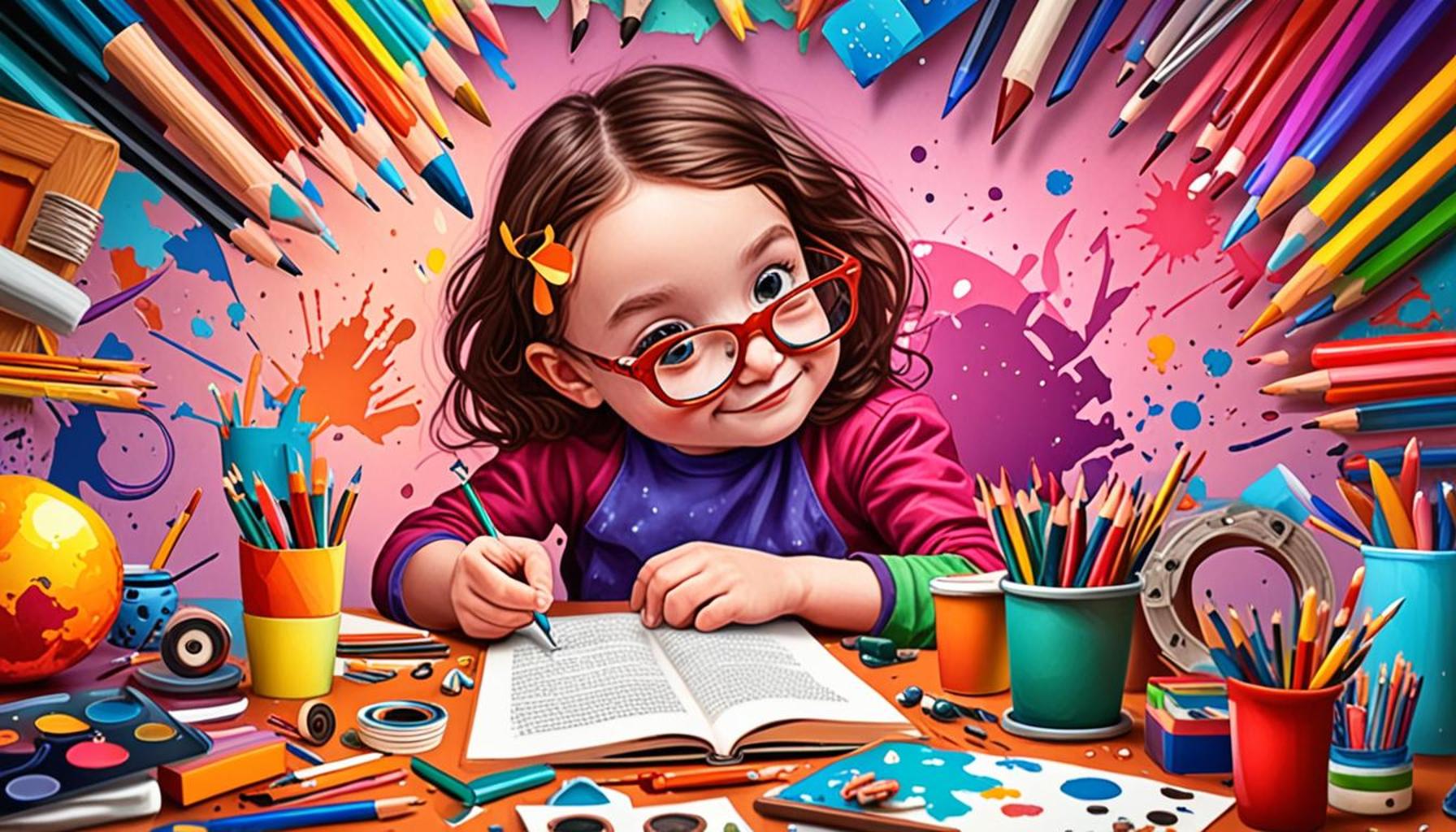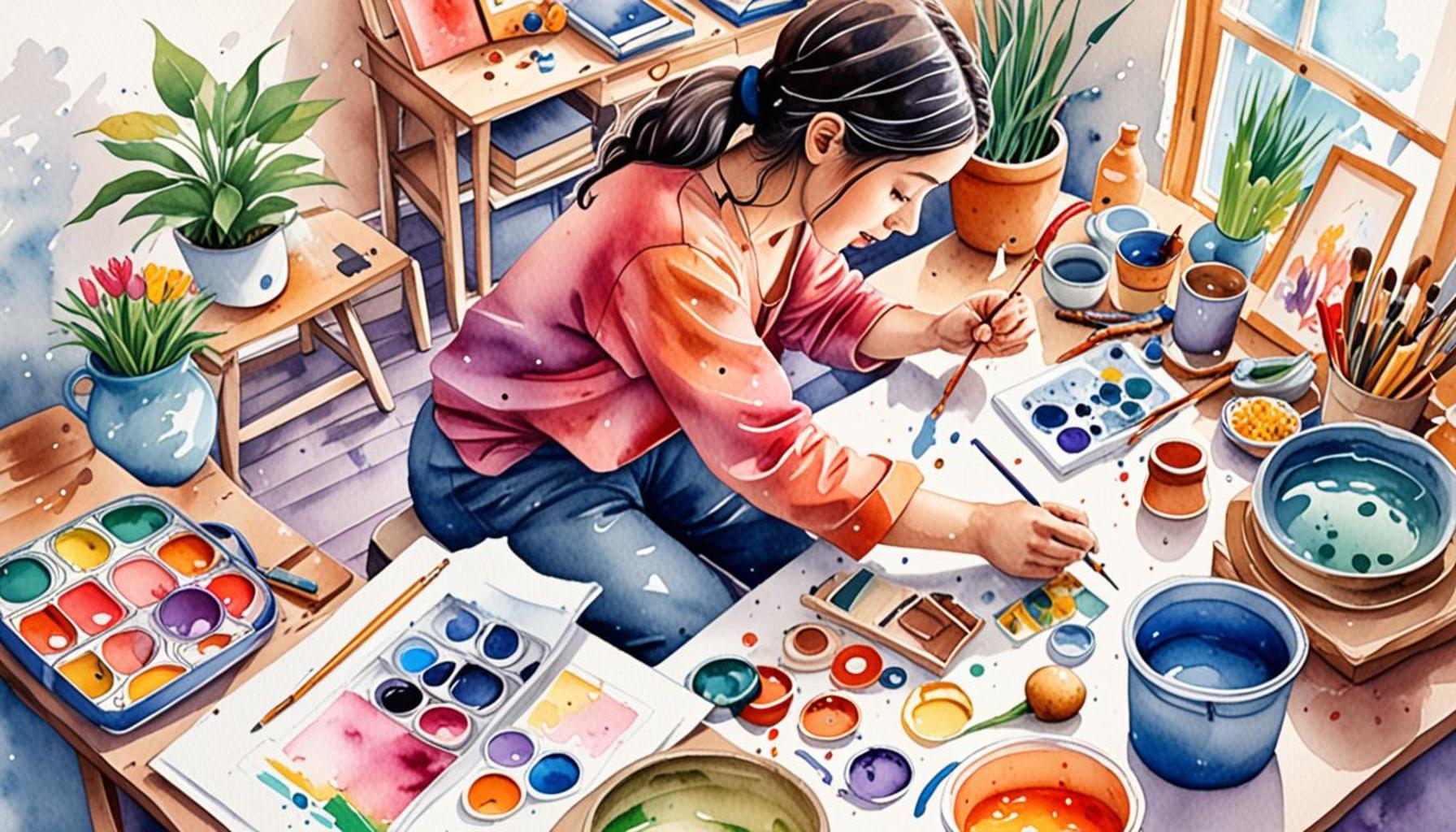Art and Inclusion: How Creative Hobbies Are Promoting Diversity and Accessibility
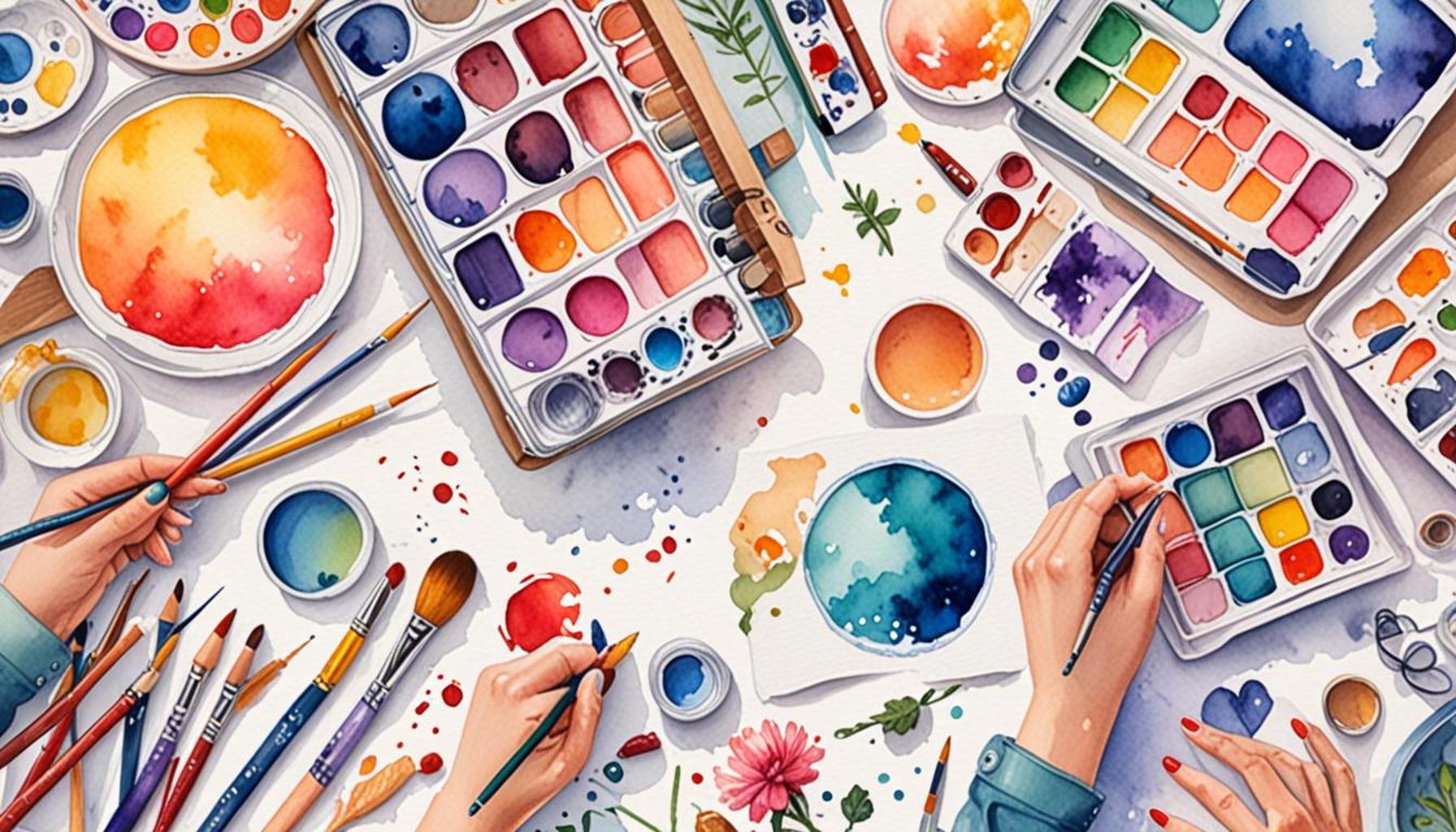
The Impact of Creative Hobbies on Community and Inclusion
In today’s increasingly interconnected world, the role of creative hobbies in shaping communities is more significant than ever. Engaging in artistic endeavors not only fosters a sense of belonging but actively encourages meaningful interactions among diverse groups. In a culturally rich nation like the United States, creative expressions, from visual arts to performance, serve as vital pathways for bridging gaps between different backgrounds and experiences.
Community Engagement
Creative art projects play a fundamental role in bringing people together. Community murals, for example, invite local residents to participate in the development of a shared visual narrative that reflects their collective history and aspirations. This process often sparks dialogue about cultural identity and personal stories, facilitating mutual understanding and cooperation. Such interactions foster a sense of ownership and pride within the community, demonstrating firsthand how art can cultivate connections.
Workshops and Classes
Accessible workshops and classes represent another key avenue through which creative hobbies promote inclusion. By organizing free or low-cost art sessions at community centers, organizations can provide individuals from diverse socioeconomic backgrounds the chance to learn valuable skills. These workshops have the power to empower participants, allowing them to explore their creativity while also gaining confidence. For instance, programs like Art from the Heart in New York City integrate art-making with personal storytelling, enabling participants to express their lived experiences through various mediums.
Representation in Art
Furthermore, the importance of representation within the arts cannot be overstated. Inclusive art practices amplify the voices of underrepresented communities, validating their experiences and contributions to society. Initiatives such as the National Museum of African American History and Culture showcase the rich tapestry of African American history through artistic expression, offering vital perspectives often overlooked in mainstream narratives. By recognizing and celebrating diverse voices, these efforts contribute to a broader understanding of cultural heritage.
The Benefits of Engagement in Creative Activities
Research supports the notion that access to the arts yields improved social outcomes. According to a study by the National Endowment for the Arts, individuals actively engaged in creative activities report higher levels of community satisfaction and overall well-being. This correlation emphasizes the transformative power of artistic involvement in fostering stronger, interconnected communities.
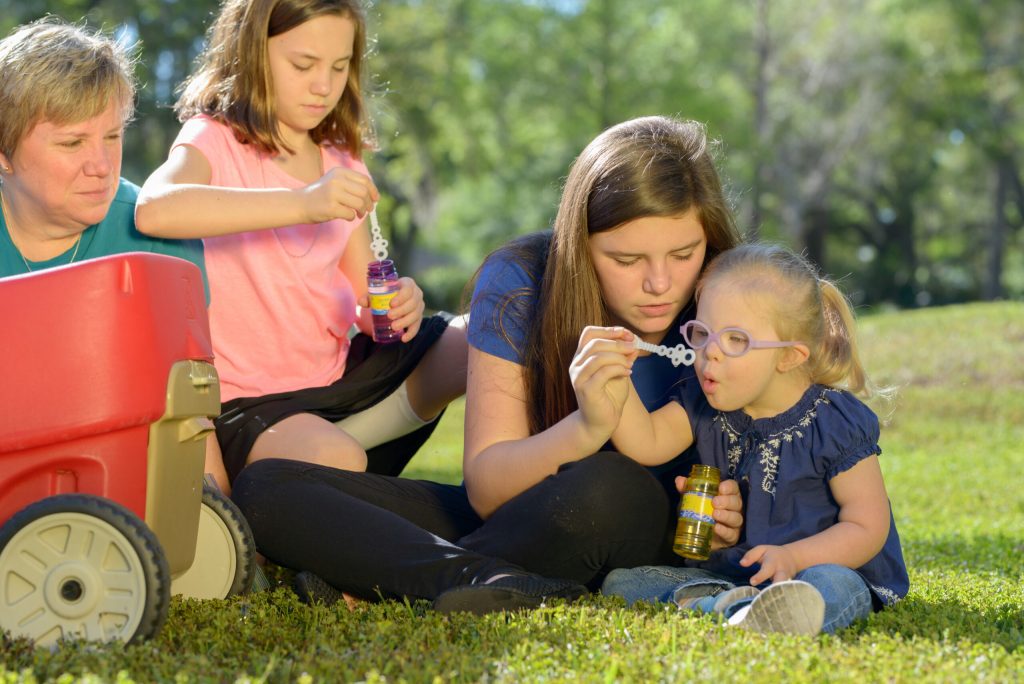
Creative Hobbies as Tools for Social Change
Exploring the intersection of art and inclusion reveals the profound potential that creative hobbies have in driving social change. Local initiatives, educational programs, and community art projects are cultivating environments where everyone can participate and thrive. By promoting creative expression as a universally accessible endeavor, these efforts not only enrich individual lives but also strengthen the social fabric of communities across the United States.
Ultimately, as we continue to advocate for equity and inclusion, it is essential to recognize the critical role that art can play in this ongoing journey toward a brighter, more cohesive future.
DISCOVER MORE: Click here for nutritious recipes that enhance your fitness
Creative Hobbies as Catalysts for Understanding and Connection
As society grapples with issues of diversity and social justice, creative hobbies serve as powerful catalysts for understanding and connection across various demographics. The shared experience of creating art transcends linguistic and cultural barriers, paving the way for meaningful exchanges among individuals from different walks of life. This phenomenon is particularly evident in community-driven art projects that promote collaboration, allowing participants to engage in shared goals while celebrating their unique perspectives.
The Role of Community Art Projects
Community art projects, such as pop-up galleries and collaborative street art, are becoming pivotal in many neighborhoods across the United States. These initiatives not only provide a platform for local artists but also invite the community to engage actively in the artistic process. Research indicates that neighborhoods with vibrant artistic scenes experience lower crime rates and increased community cohesion. Here are some examples of how these projects can foster inclusion:
- Collaborative murals: Murals that depict themes of unity and diversity enable community members, regardless of age or background, to contribute and create a shared sense of identity.
- Interactive performances: Community theater productions that involve local talents can enhance cultural representation, showcasing the richness of different backgrounds while promoting dialogue around significant social issues.
- Art fairs and festivals: Such events create opportunities for artists of all backgrounds to showcase their work, attracting an audience that includes both the creator and the appreciator.
Accessibility in Art Programs
The success of community art initiatives largely hinges on their accessibility. Many organizations are now prioritizing inclusive practices, ensuring that everyone, including individuals with disabilities or limited economic resources, can partake in artistic endeavors. One noteworthy program is the Creative Arts Therapies initiative that provides art therapy techniques to marginalized groups, including veterans and individuals with mental health challenges. This program underscores how art can serve as a therapeutic and healing outlet, promoting not only artistic expression but also mental well-being and community upliftment.
Mentorship and Training Opportunities
Mentorship and training opportunities also reinforce the role of creative hobbies in promoting diversity. Establishing mentorship programs, where experienced artists guide emerging talents, helps to nurture diverse voices within the art community. Initiatives such as the ArtBridge program in New York City connect young artists with industry professionals, providing guidance and resources needed to thrive in an often-competitive environment. In turn, this fosters confidence and cultivates a new generation of artists who reflect the rich diversity of the communities they represent.
Through these various environments, it becomes clear that creative hobbies can be instrumental in breaking down barriers and encouraging dialogue, ultimately building a more inclusive society. As communities actively engage in artistic expression, they set the stage for challenges to systemic inequities while simultaneously celebrating cultural diversity.
Artistic expression through creative hobbies not only plays a pivotal role in personal development but also serves as a powerful catalyst for social change. In particular, initiatives that promote diversity and accessibility in the arts have garnered increased attention, demonstrating the profound impact that these activities can have on community cohesion and understanding.One significant advantage of engaging in creative hobbies is the ability to foster cross-cultural connections. Art transcends language barriers and can unite individuals from diverse backgrounds, encouraging open dialogue and appreciation of different perspectives. This is particularly evident in community workshops and collaborative projects, where participants learn from each other and share their unique experiences, fostering a spirit of inclusivity.Moreover, creative hobbies have the potential to empower marginalized groups, providing them with a platform for self-expression. Through mediums such as painting, music, or dance, individuals from underrepresented communities can communicate their stories and struggles, raising awareness and highlighting social issues. This not only helps in challenging stereotypes but also contributes to a broader understanding of the diverse human experience.Furthermore, the rise of technology has made creative pursuits more accessible than ever. Online platforms offer a plethora of resources for people with disabilities, allowing them to explore their artistic talents at their own pace. Virtual workshops, instructional videos, and social media groups create a supportive environment where individuals can connect, share, and learn from one another, dismantling barriers that previously hindered participation.As the importance of art and inclusion continues to gain momentum, various organizations and initiatives are actively seeking to create a more equitable landscape in creative fields. By emphasizing the significance of diversity in art, we can work towards a future where everyone has the opportunity to contribute and participate, enriching our communities in the process.Incorporating educational programs that advocate for creative expression in schools is another strategy to advance inclusivity. By introducing students to diverse artistic practices and promoting collaboration, we can cultivate an appreciation for differences and help young individuals develop empathy. This types of educational experiences not only enhance creativity but also nurtures respect for cultural diversity from an early age.Overall, the interplay between art and inclusion provides a rich landscape for exploration. As individuals engage with creative hobbies and share their stories, they contribute to the ongoing fight for equality and accessibility, making the world a more inclusive place for all.
DISCOVER MORE: Click here to delve into outdoor culinary adventures
Empowering Voices Through Artistic Expression
Art has the remarkable ability to empower voices often overlooked or underrepresented in mainstream narratives. By providing a platform for marginalized groups to express their experiences and perspectives, creative hobbies serve as a critical tool for advocating for change and fostering inclusivity. Programs that prioritize the inclusion of diverse artists are reshaping the cultural landscape, ensuring that myriad stories and identities are celebrated through various mediums.
The Impact of Digital Art and Online Communities
With the rise of technology, digital art forms have emerged as an accessible avenue for creative expression. Platforms such as Instagram, Behance, and DeviantArt have democratized art sharing, allowing artists from all backgrounds to reach wider audiences without the gatekeeping traditionally associated with galleries and exhibitions. These platforms encourage collaboration and connection among artists globally, breaking down geographical barriers. For example, the #ArtistOnTwitter movement allows artists to connect, share their work, and even collaborate on projects with ease, leading to diverse influences blending into projects.
Art Education within Schools
Art education programs in schools are also evolving to promote inclusivity and diversity. Initiatives like the Partnership for 21st Century Skills focus on integrating arts education into the curriculum while emphasizing cultural competency. Schools that implement culturally relevant pedagogies empower students to explore their heritage and express their identities within their artistic work. As a result, this approach nurtures a generation of artists who not only appreciate their backgrounds but also cultivate an environment in which creativity thrives irrespective of societal constraints.
Artistic Advocacy and Activism
Many artists leverage their creative talents to advocate for social change and raise awareness about pressing issues concerning diversity and equity. Grassroots organizations like Art for Justice mobilize artists to use their work to speak on issues like criminal justice reform and systemic racism. Through community workshops, public installations, and exhibitions, these artistic movements aim to evoke thought and spur conversations, mobilizing communities to take an active role in social justice efforts. The blending of art and advocacy not only amplifies diverse voices but also sparks a collective commitment towards creating an equitable society.
Art Therapy and Healing Practices
Additionally, art therapy initiatives are gaining traction for their profound impact on personal healing and expression for marginalized populations. Programs tailored for survivors of trauma, such as open studio workshops, invite participants to explore their emotions through creativity in a safe and supportive environment. Research from the American Art Therapy Association reveals that art therapy can significantly reduce anxiety and depression, serving as an essential resource for those coping with various challenges. Not only does this approach honor the experiences of individuals, but it also nurtures a community where healing through art is a shared journey.
As creative hobbies continue to evolve, their role in promoting diversity and inclusivity remains essential. Through empowering voices, enhancing accessibility through technology, and fostering cultural representation in education, art is profoundly shaping a more inclusive world. It invites individuals to connect, heal, and express their unique narratives while encouraging society to embrace the richness of diversity.
DISCOVER MORE: Click here to dive deeper
Conclusion: The Transformative Power of Art for All
In conclusion, the intersection of art and inclusion serves as a powerful testament to the transformative potential of creative hobbies in our society. By embracing diversity through artistic expression, we not only amplify the voices of marginalized communities but also cultivate environments where collaboration and understanding can flourish. The accessibility afforded by digital platforms has made it possible for diverse artists to share their narratives, transcending traditional barriers and enabling a richer tapestry of human experience to emerge.
Moreover, the evolution of art education reflects an important shift towards greater inclusivity, empowering students to explore their cultural identities while fostering creativity. Initiatives within schools and community programs are essential in nurturing the next generation of artists who value their heritage and that of others. Importantly, artistic advocacy initiatives underline the role of creativity in driving social change, bringing attention to significant issues like equity and justice.
Finally, the healing capacity of art therapy cannot be overlooked. As research continues to validate its effectiveness, it emerges as a vital tool for emotional well-being, especially among underserved populations. This realization encourages us to further invest in art therapy programs and community initiatives that prioritize creative expression as a means of fostering resilience and healing.
As we continue to explore the connections between art, diversity, and accessibility, it becomes increasingly clear that creativity knows no boundaries. Embracing this reality will pave the way for a more inclusive, just, and vibrant society where every individual can engage with art in meaningful ways. By championing artistic inclusivity, we not only enrich our cultural landscape but also nurture a collective commitment to understanding and celebrating the diverse threads that weave together the human experience.
